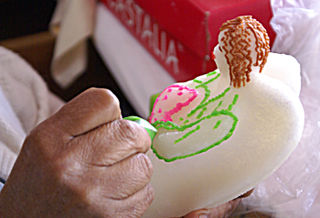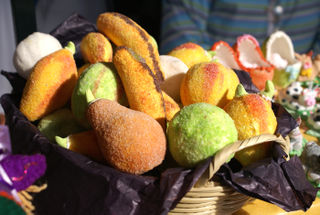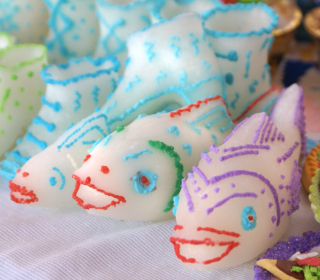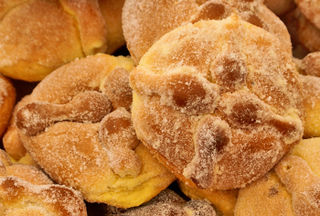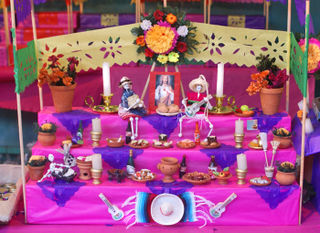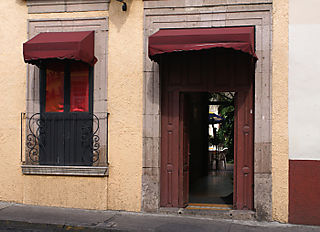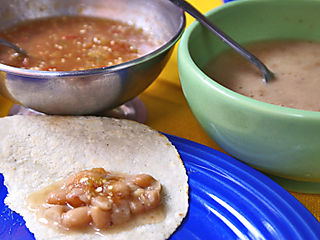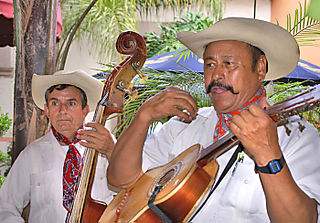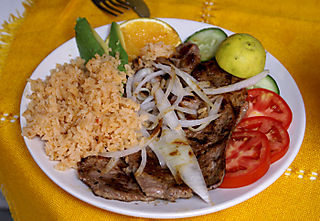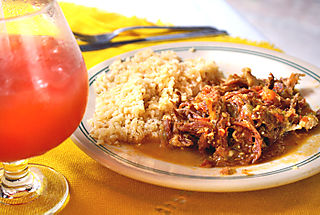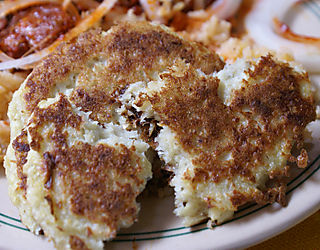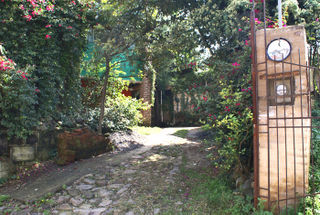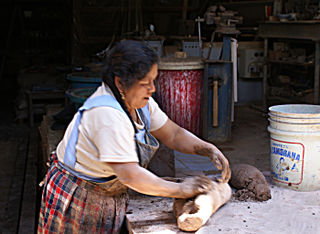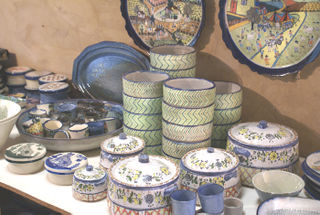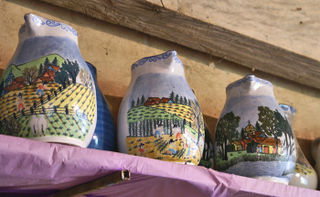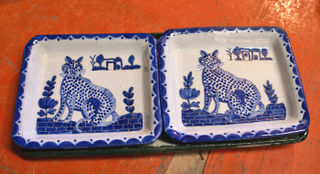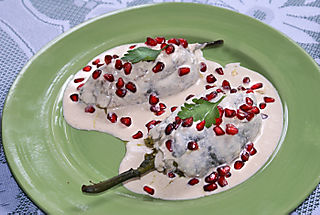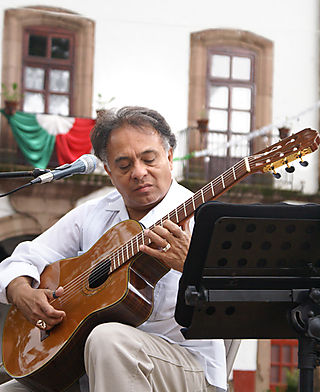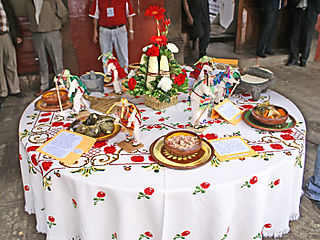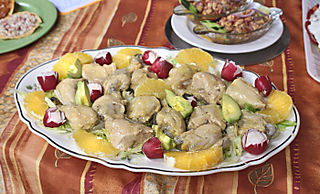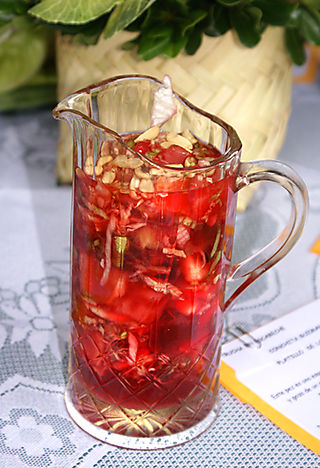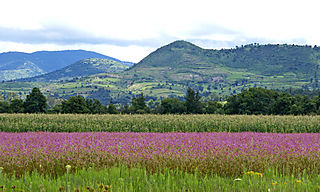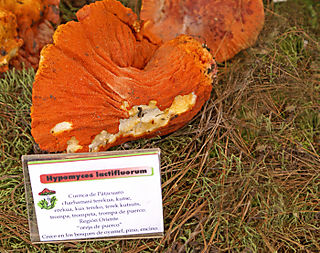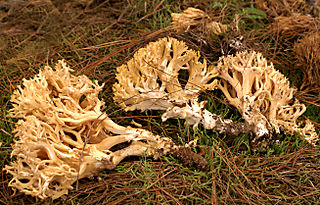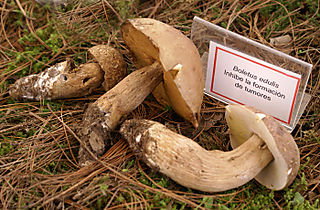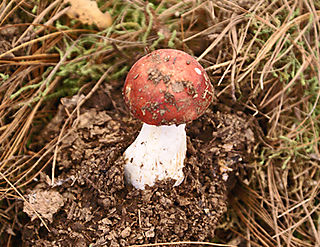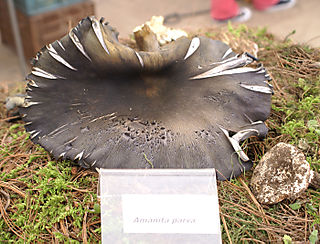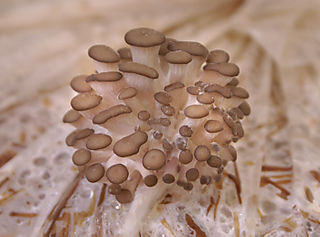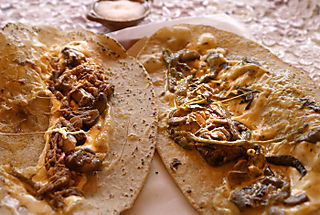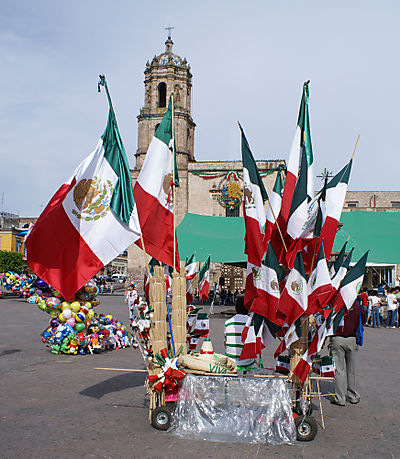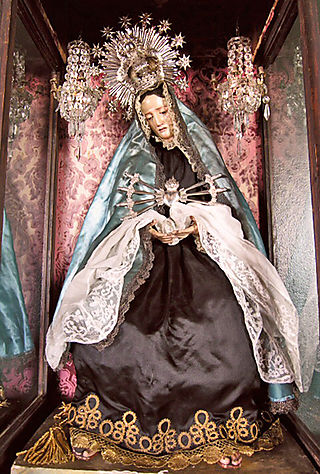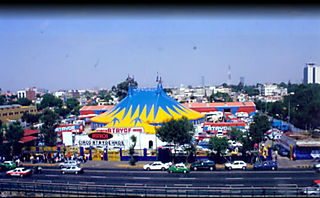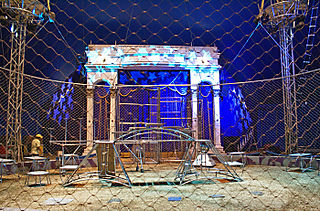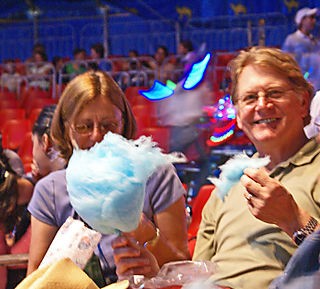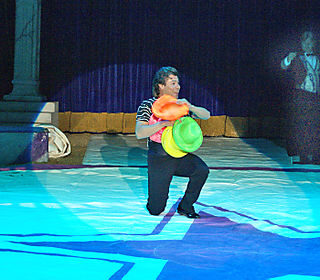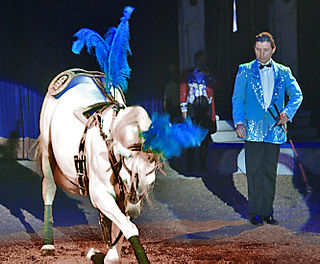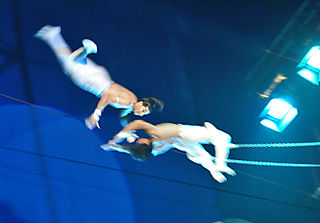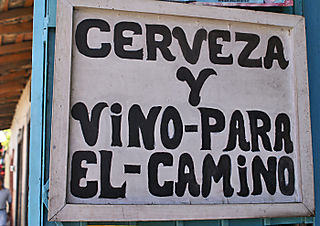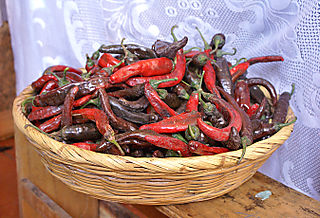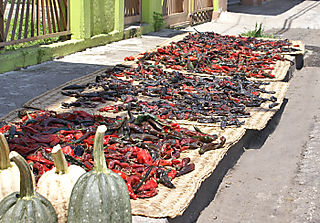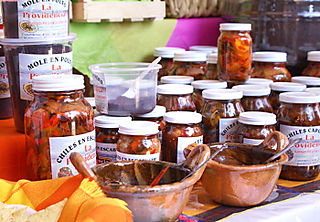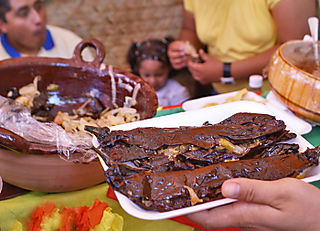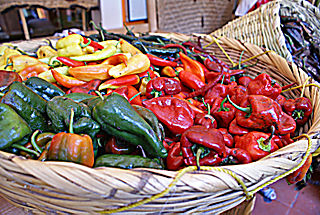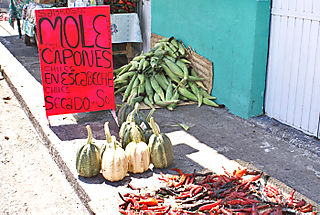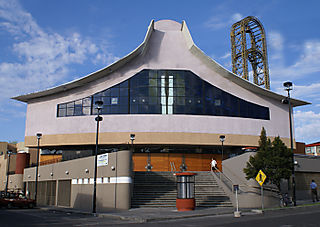
The Templo de la Inmaculada Concepción (Church of the Immaculate Conception) is located on Calle Tejedores de Aranza in Morelia, Michoacán. The Immaculate Conception, a dogma of the Roman Catholic Church, means, "conceived without stain of original sin" and refers to the Virgin Mary.
Shortly after Mexico Cooks! moved to Morelia, a friend here insisted that we go to supper with her at a local institution. She wouldn't tell us exactly where we were going, just settled herself in our car and told us, "Turn here. Now here, and left at the next corner. Then right…" In a few minutes we were parking at the curb in a well-kept working class neighborhood, a huge church looming on the corner. Imagine our surprise when she told us that we were going to supper at the church!
Just a few steps down from the sidewalk, we were astonished to see a huge room filled with tables, chairs, and the hustle and bustle of a horde of people.
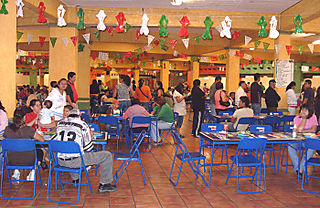
Bring enough people so that some can stand in one line, some in another, and some can save a place for your group to eat supper.
This was no run-of-the-mill church supper, with covered casseroles and your Aunt Joan's coconut cake. Morelia's Templo de la Inmaculada Concepción (Church of the Immaculate Conception) started its nightly food fair as a kermés, way back in the 1960s. A kermés is a street fair devoted to the sale of food, soft drinks, and sweets for the purpose of raising money for a cause. More than 30 cooks in the neighborhood of La Concha (that's the affectionate nickname for any woman named Concepción, and it's the nickname for the church as well) prepared enchiladas, pozole, tamales, buñuelos, atole and an infinity of other typical Mexican dishes, all for sale in front of the original adobe church. Every night of each kermés, thousands of people ate their fill of delicious food. Before long, the funds from kermés La Concha made the new church a reality.
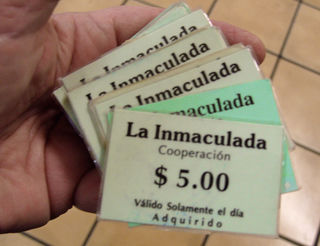
Pay for everything from drinks to dessert with tickets you buy at the booth pictured below. Denominations range from one to five pesos.

When you finish your meal, you can exchange any leftover tickets for money. You can rent silverware, too, and turn it in for a refund when you're finished eating.
The nightly kermés has changed a lot over the course of more than forty years. When the neighborhood built the new church, the lower level became a permanent cenaduría (supper spot) that continues to raise funds for the parish. Nearly 30 booths range around the perimeter of the huge space, serving everything from soup (pozole, a thick, rich pork, chile, and corn stew) to desserts (tamales dulces (sweet tamales) and crispy, crunchy, syrupy buñuelos). Prices for food range from 28 pesos for a plate of chicken with enchiladas and vegetables to 5 pesos for a soft drink.
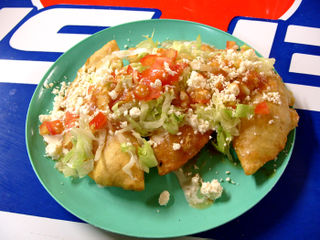
These quesadillas fritas (tortilla dough stuffed with cheese and deep-fried) are garnished with thick crema, shredded lettuce, diced tomatoes, a spicy red salsa, and crumbled cheese.
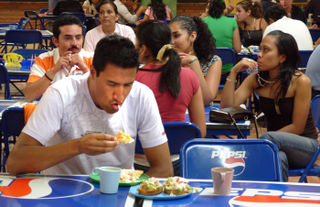
This fellow has a little cheese problem with his quesadilla!
Approximately 300 people donate their services each suppertime at the Inmaculada. Cooks, cleanup crew, and security staff see the work as their apostolate: what they do for their faith, as a service to God. About 40 youngsters under the age of 14 are the volunteer waitstaff, frequently passing by each table asking if there is anything any diner needs. "Me traes un refresco…a mi unas servilletas…me falta un salero, por favor…" "Bring me a soft drink…some napkins for me…I need a salt shaker, please…" When you're finished with your supper, the children take your plates, clear the rest of the table, and make it spotless for the next round of guests. A tip is nice for the kids, even if they've only cleaned your table. Give them a couple of your leftover food tickets–your waitstaff will exchange them for cash.
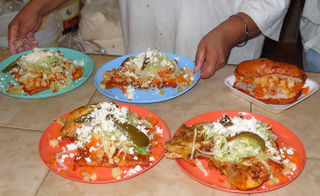
Ready for the customer who ordered them: four orders of enchiladas with chicken and a pambazo, Michoacán style. To make a pambazo, start with a really good bolillo, split almost in half. Stuff the roll with as much picadillo as you can. Dip the whole thing in rich enchilada sauce and deep fry
it till it's smooshy and crunchy and totally decadent. Plate it with fried diced carrots and potatoes and top with freshly diced tomatoes, shredded lettuce, and crumbled cheese.

Mexico Cooks! took Morelia newcomers–and good friends–Jim and Linda Pierce to eat at La Concha last week. The smile never left Linda's face.
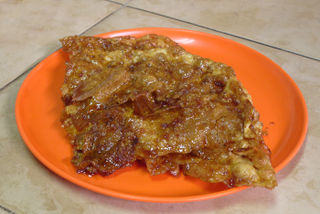
We had eaten too many quesadillas, enchiladas, and other delicacies to want dessert, but the man who ordered these buñuelos let us take a picture.
Buñuelos are similar to very large flour tortillas. They're formed, deep-fried, and covered with a rich syrup of made from piloncillo (cones of brown sugar)and anís (anise). The buñuelo in the picture above was broken into three or four pieces so that it would fit on the eight-inch plate.
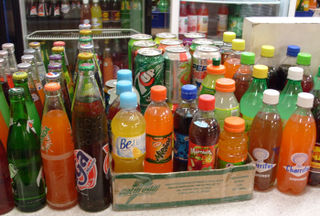
The choice of drinks is almost endless. In addition to soft drinks, you can also choose from several house-made aguas frescas. Alcohol is not permitted.
So, you might ask yourself, if the biggest bill comes out to 28
pesos for a big plate of food and 5 pesos for a drink to go with it, how profitable could this neighborhood charity be? Naturally most people order other foods as well, raising the cost of their supper by a little. When Mexico Cooks! eats at La Inmaculada, we usually spend about 100 pesos per couple. It's almost impossible to resist eating too much.
Okay, how much money does the parish take in? Are you sitting down? Every night, the profits are approximately 40,000 pesos (about $4,000 USD). The parish priest administers the funds, which are used, among other things, to provide school breakfasts and food baskets for the needy. The parish also provides a free doctor's office and a variety of other services.
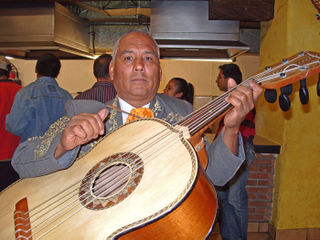
Last week, mariachi sang at La Concha.
At the Templo de la Inmaculada–La Concha, when we're feeling tender-hearted–we eat well and we know we're contributing to a variety of good causes. Next time you're in Morelia, come along with us!
Looking for a tailored-to-your-interests specialized tour in Mexico? Click here: http://mexicocooks.typepad.com/mexico_cooks/2008/05/rinconcitos-esc.html


